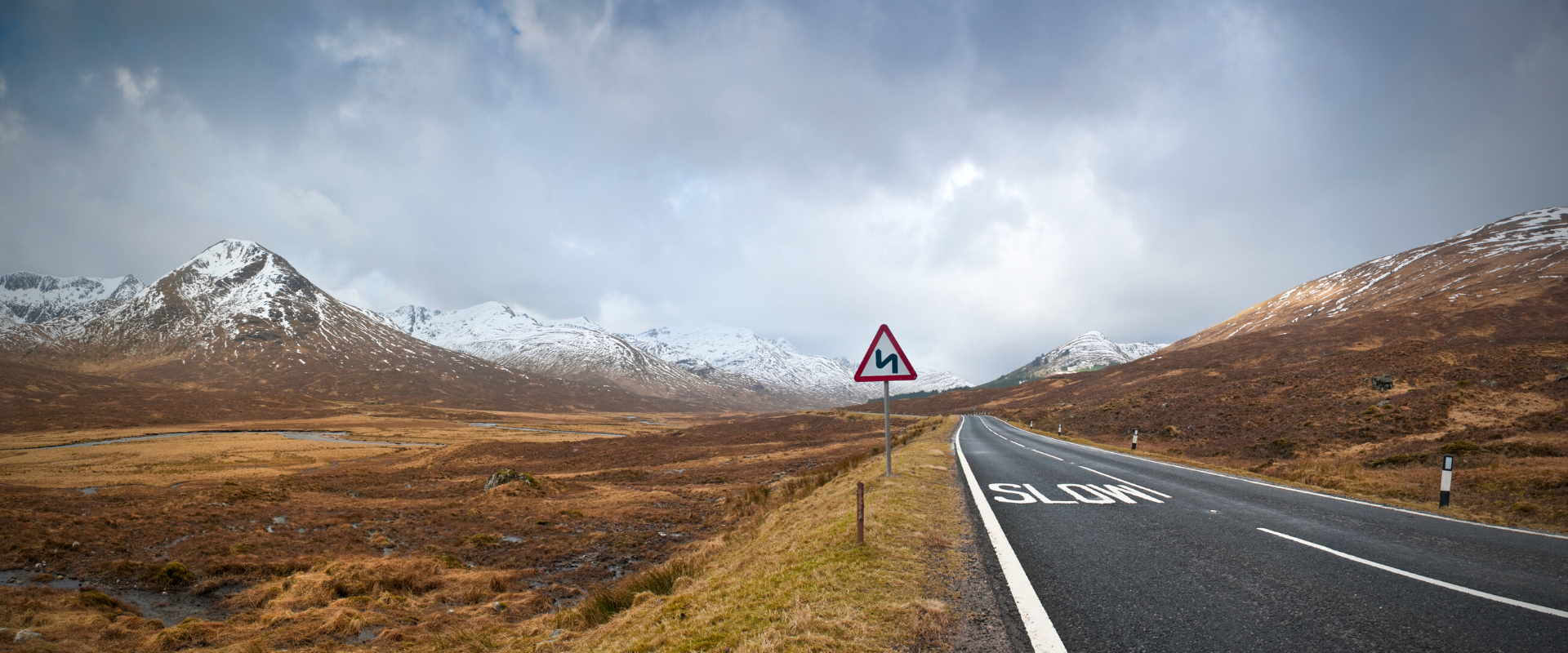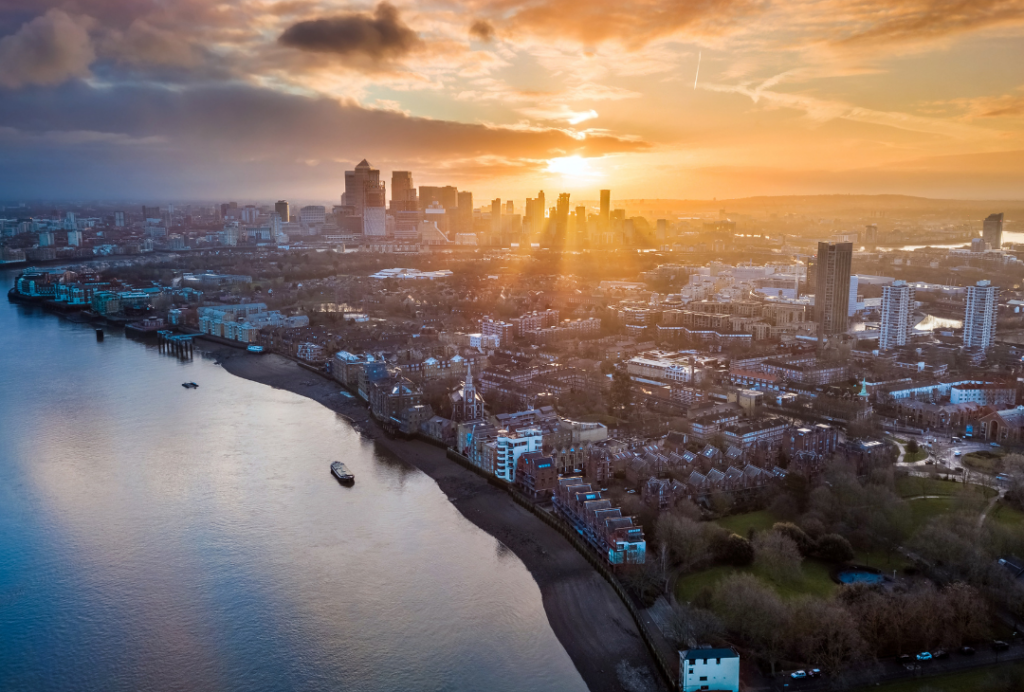
Following the introduction of the Direct Vision Standard (DVS), VUE was determined to ensure that all customers with our safety kits installed received continued support beyond the compliance deadline.
Read More
We know that as of January 2024, Vodafone and EE have both switched off their 3G masts, with O2 and Three planning to complete their switch off by the end of 2024.
It's possible that the 3G sunset has already been affecting your fleet but you might not have considered it as the cause of the issues you've been facing. The phasing out of 3G is not an overnight process, it is a gradual switch-off of network masts and frequencies over a period of time. Fleets that rely on 3G connectivity will inevitably feel the impact of this transition while it is happening.
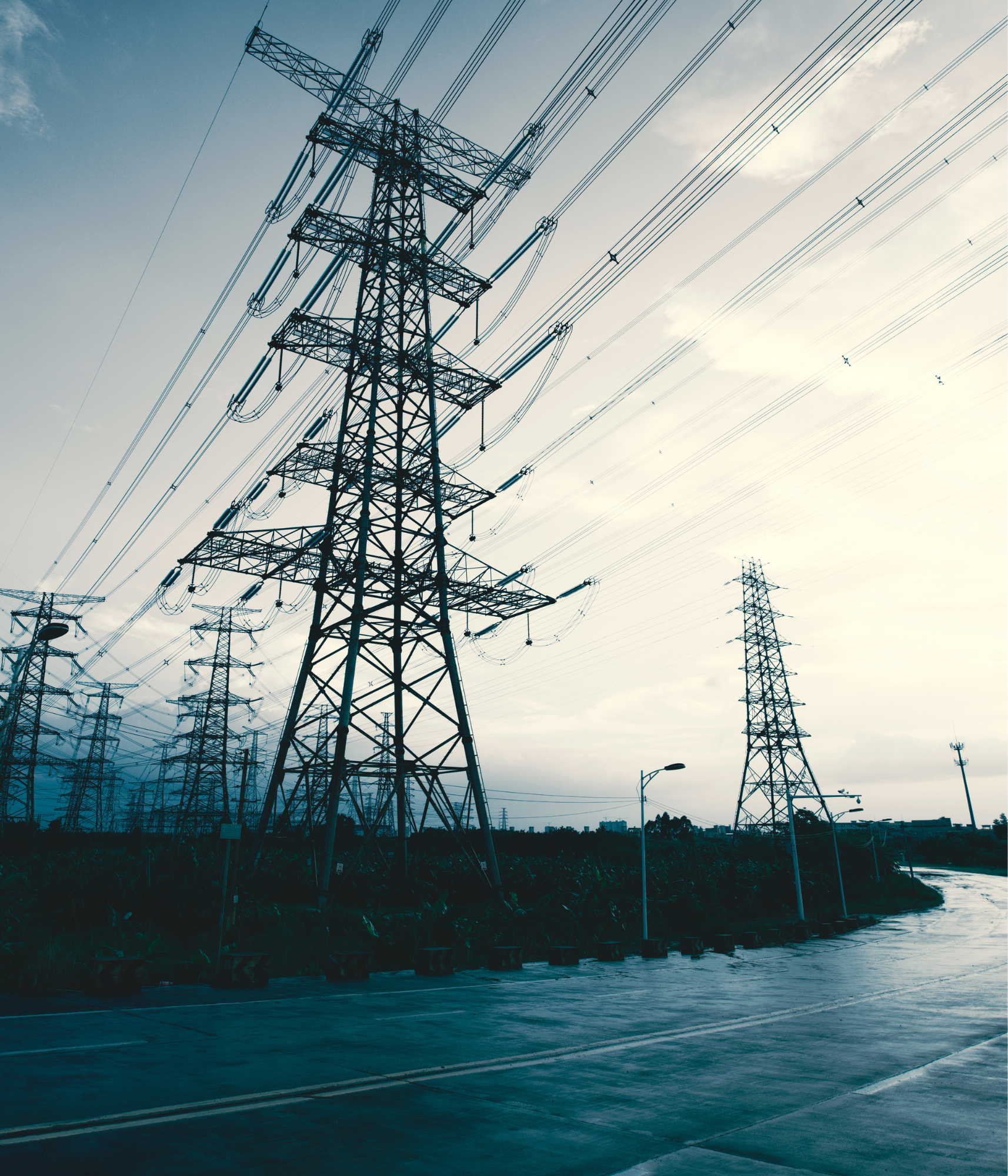
Currently, as a vehicle travels along a journey, a device that relies on 3G will attempt to connect to 3G masts. As a vehicle travels to the end of range of a 3G mast the telematics device will attempt to "jump" from this mast to another. If this "jump" fails, as there is no mast to "jump" to or the "jump" was unsuccessful, then the device loses network signal. Much like you'd experience intermittent and poor signal while trying to use your phone on a train, the same happens with a vehicle's telematics system.
Prior to the 3G sunset, motorways and rural areas were often most affected by this due to the lack of network infrastructure in these areas. As the 3G sunset progresses, the number of active 3G masts and their frequencies is reduced and 3G signal strength depletes. This causes a higher likelihood of failed "jumps" along a journey in all areas nationwide. The result is telematics devices lose signal temporarily therefore their position does not update live on your tracking platform. Vehicles will appear stationary on your tracking platform as a result.
The transition to 4G will massively improve the live performance of telematics devices. 4G masts have a greater signal strength and range, as well as a handshake and fall-back when switching between masts. These masts provide greater connection stability which results in increased performance. The data transfer speed between 3G and 4G isn't particularly different, however the increased stability will make it seem this way to users.
For fleet managers, this can be extremely frustrating as if an incident occurs it may take hours to retrieve video footage of an incident. This may subsequently impact your claims process and day-to-day fleet operations, as both are now suffering with delays.
If footage is required urgently and remote requesting it is not working, you can still extract the footage manually from the storage device on the unit. For instructions on how to extract footage manually, please contact hello@vue-cctv.co.uk.
The estimated difference in performance between 2G-3G-4G is as follows:
2G > 3G = ~10x improvement in performance
3G > 4G = ~5x improvement in performance

As Mobile Network Operators have fewer masts in rural, remote areas, black spots can occur as a result of the 3G sunset. A black spot is where there are no 3G masts for the device to connect to in an area. This can leave fleet managers completely detached from their drivers on the roads for long periods, with no access to many of the daily services that they rely on as part of their risk management strategy. This includes live tracking of a vehicle, remote health monitoring, being alerted when there is an incident or retrieving video footage.
A point mentioned earlier but worth highlighting further is the fact that the 3G sunset is a phased approach and is a process rather than a "big bang". The anticipation was that the strength of services would gradually decrease over time, however we have already seen a significant impact on 3G connectivity nationwide but particularly in certain areas, such as in the North East and South West of England.
Waiting until the complete termination of 3G before upgrading any of the devices in your fleet will make the interim period extremely challenging and you're likely to experience severe continued degradation of service and issues with connectivity.

Following the introduction of the Direct Vision Standard (DVS), VUE was determined to ensure that all customers with our safety kits installed received continued support beyond the compliance deadline.
Read More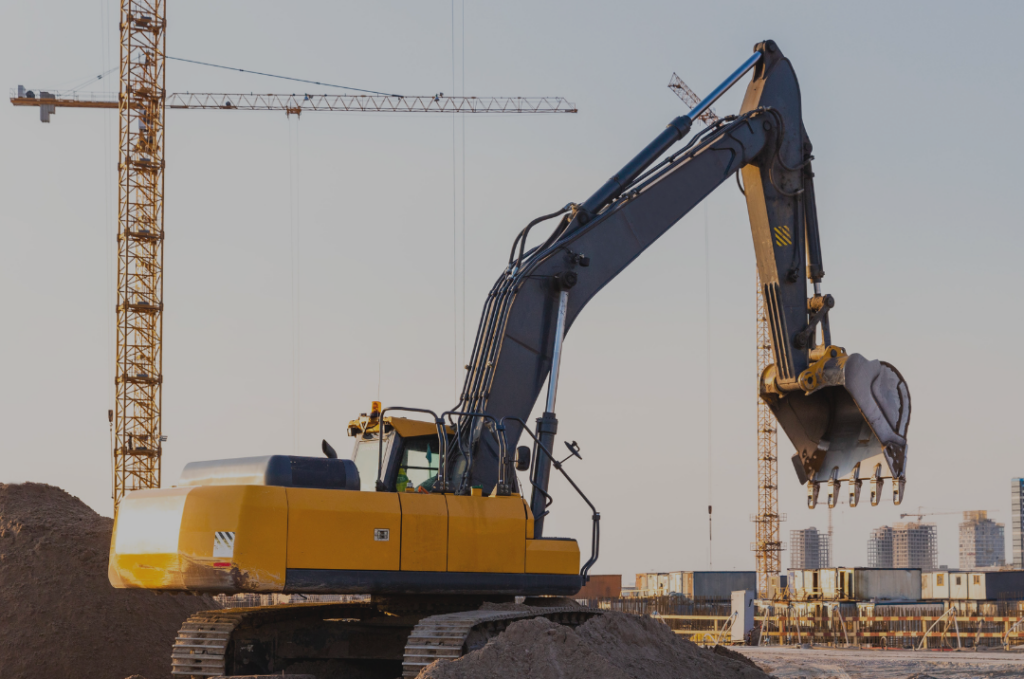
According to the Health and Safety Executive (HSE, 2023), 10% of all fatal injuries on UK construction sites are caused by workers being struck by moving vehicles.
Read More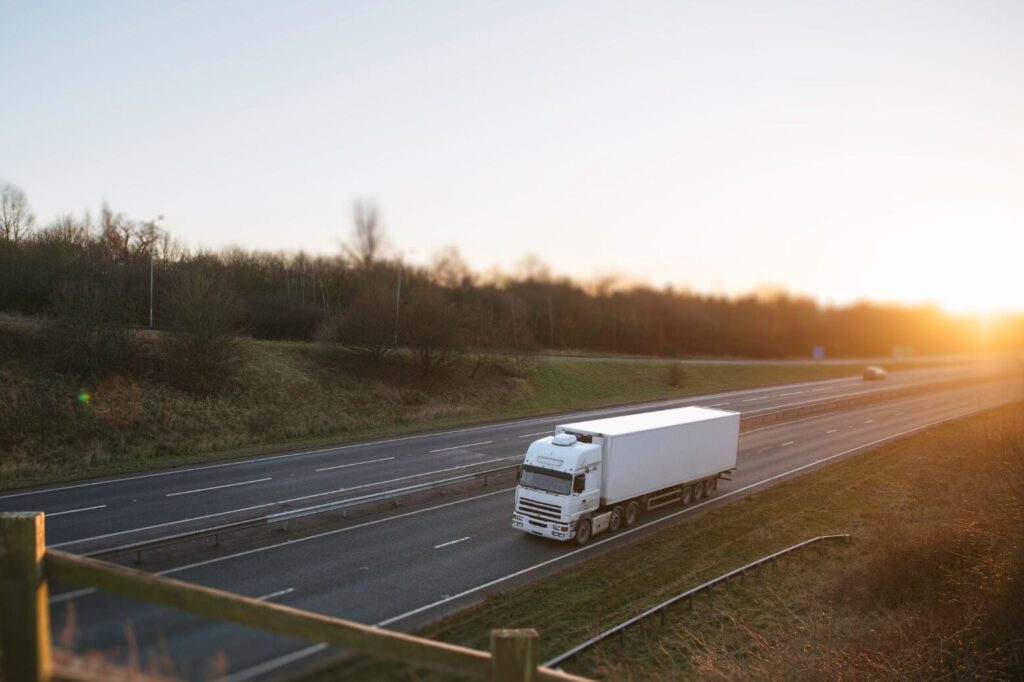
VUE is excited to announce our attendance of RTX 2025. Join us on stand N42 for a catch-up on all our latest products and services. The event is taking place in June at the NAEC in Stoneleigh. Register your attendance today!
Read More
VUE is thrilled to announce its membership with the CEA, a move that marks an exciting step forward in enhancing safety and operational efficiency on construction sites.
Read More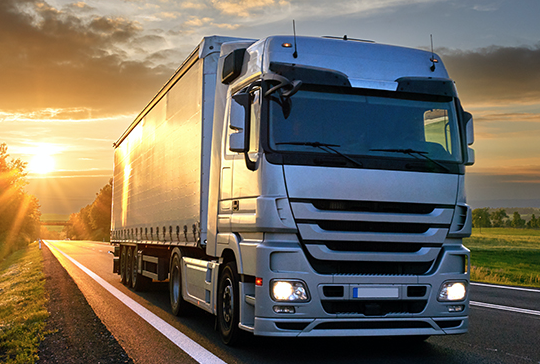
With technology conquering the fleet industry, it raises a question; Are vehicles the central point of the fleet management industry? Or is it now more about technology and a clear thought-out strategy that make more of a difference.
Read More
On Wednesday October 30th, The University of Salford welcomed guests in The Old Fire Station to its Research and Development Collaboration Breakfast.
Read More